Why a Loose Shower Head Backing Can Be a Big Problem Later
If you're buying a new construction home in Las Vegas, you may assume everything behind the walls is being done right. But even brand-new homes can have issues that go unnoticed unless someone is checking during the build process.
During a recent pre-drywall inspection in a Las Vegas home, I found a detail that’s easy to miss but can cause long-term problems if not addressed early: the shower head backing wasn’t properly secured to the adjacent studs.
Let’s break down what that means—and why it matters.
Issues like loose shower backing, missing nail plates, or unsecured wiring are all easy to correct during the pre-drywall phase. Once drywall is installed, those same issues can turn into costly and frustrating repairs down the line.
What Is Shower Head Backing?
In every shower, the shower head is connected to a short arm that comes through the wall. That arm needs to be anchored to something solid—usually a horizontal piece of wood called a “backing” or “blocking”—that’s fastened to the vertical studs on either side.
This gives the shower arm the support it needs so that it doesn’t wiggle, bend, or loosen over time when the fixture is used or adjusted.
What Was the Problem?
In this case, the backing was in place, but it wasn’t well secured to the studs. It was loosely sitting between them, without enough nails or screws to hold it firmly.
Right now, while the walls are open, this is a very simple fix: just a few extra nails or screws to anchor the backing properly. But once drywall is installed, the opportunity to easily fix it is gone. If the shower arm starts to move or leak later, you’re looking at opening up finished walls to repair something that could have been handled in five minutes during construction.
Why This Matters for Homebuyers
Many buyers assume that everything in a new build will be perfect because it’s new. But even experienced crews can miss small details, and every builder—no matter how reputable—benefits from a second set of eyes.
That’s where a pre-drywall inspection comes in. This inspection takes place after framing, plumbing, electrical, and HVAC rough-ins are complete, but before insulation and drywall go up. It’s one of the few chances to see what’s really going on behind the walls.
Issues like loose shower backing, missing nail plates, or unsecured wiring are all easy to correct during this phase. Once drywall is installed, those same issues can turn into costly and frustrating repairs down the line.
A Quick Tip for Realtors and Buyers
If your clients bought a home in winter and are moving in during the summer, they might notice small things that didn’t show up during earlier walk-throughs. Encourage them to schedule a professional inspection—ideally at multiple stages, including pre-drywall. Catching these things early keeps the builder accountable and gives the homeowner peace of mind.
As a home inspector in Las Vegas, I’ve seen how small issues can snowball after the build is complete. A pre-drywall inspection gives buyers a clear view of what they’re getting—and a chance to ask for corrections while it’s still easy to do.
If you're buying a new construction home in Las Vegas or helping a client who is, feel free to reach out. I’m happy to answer questions and help make sure the home is built right from the start.

